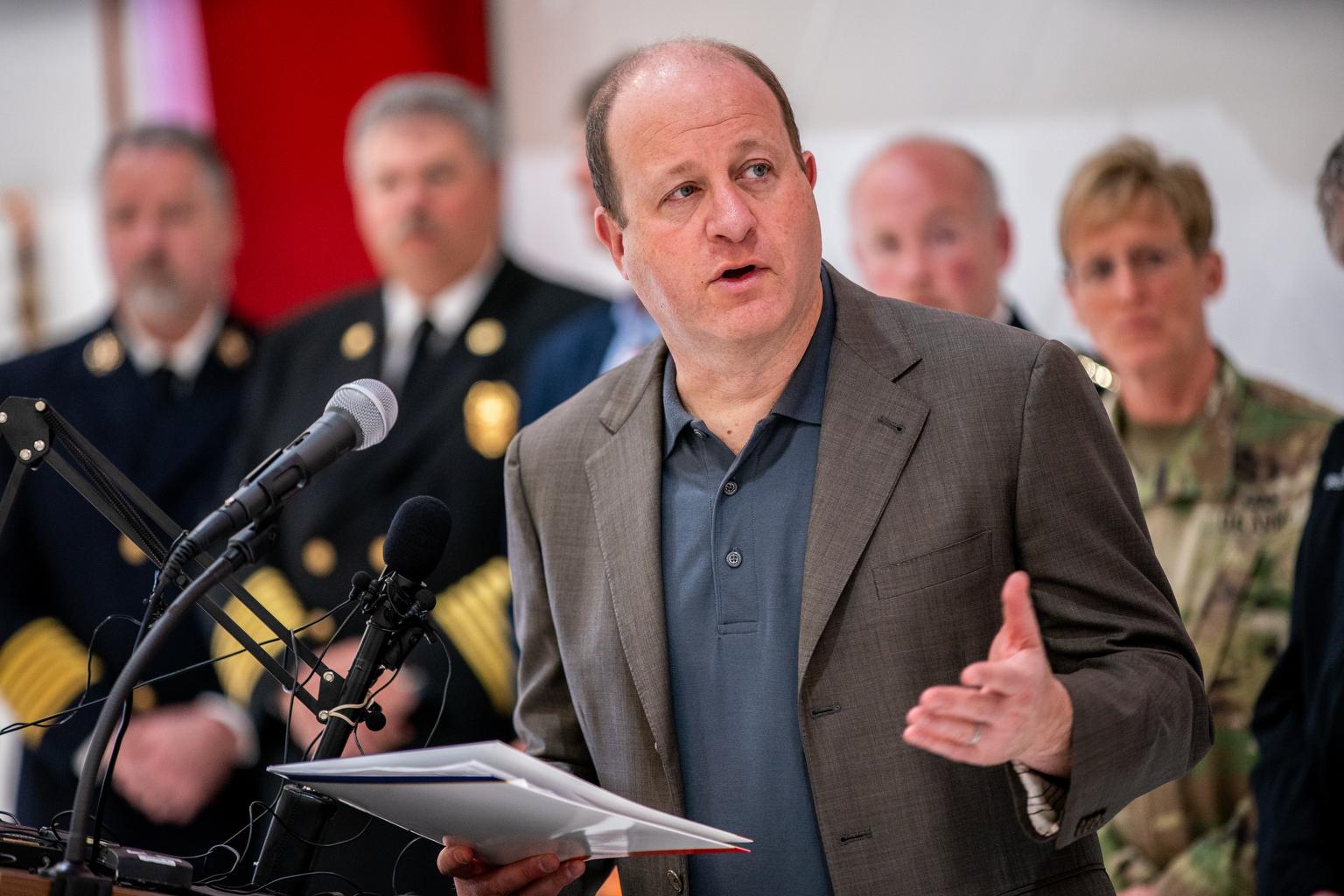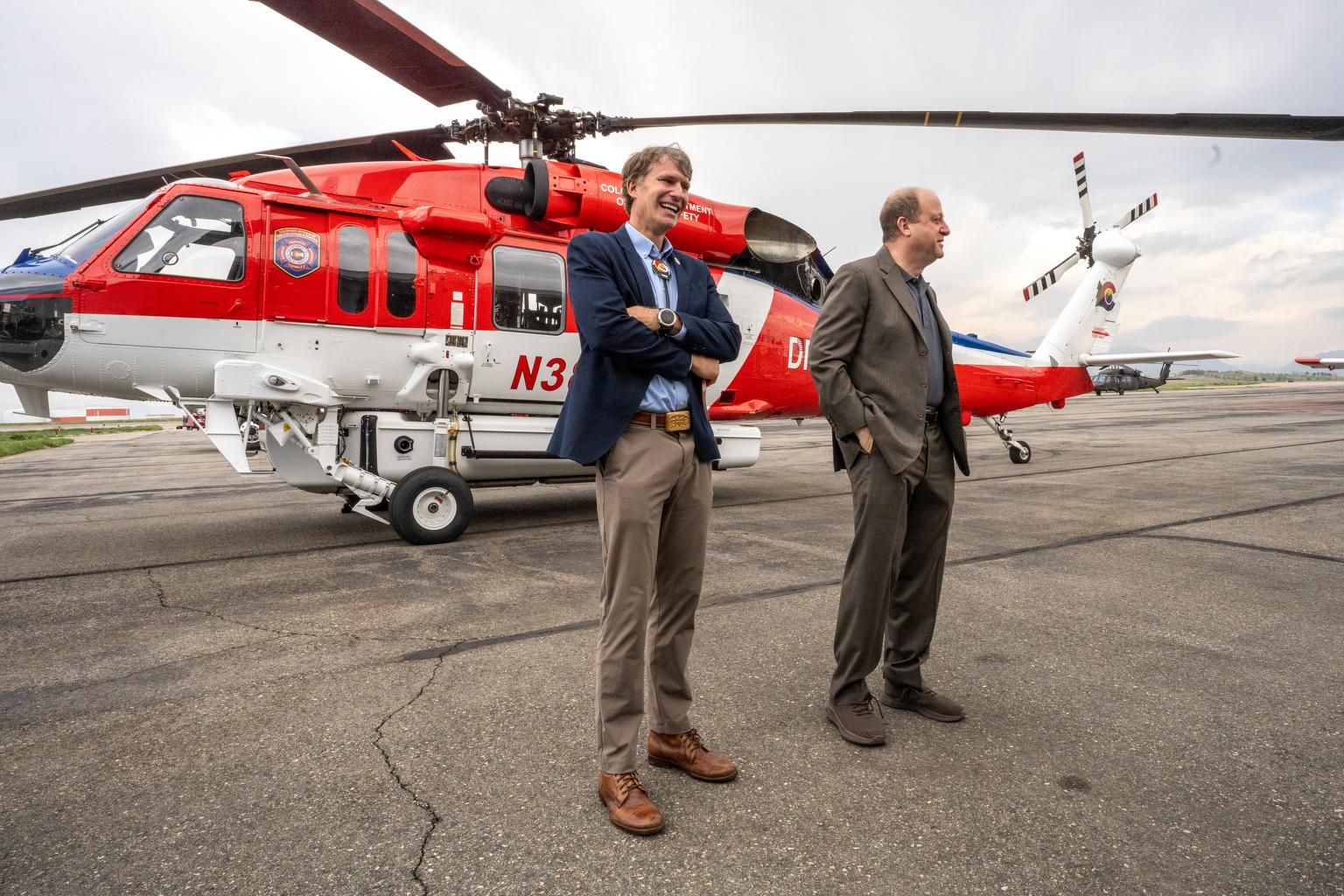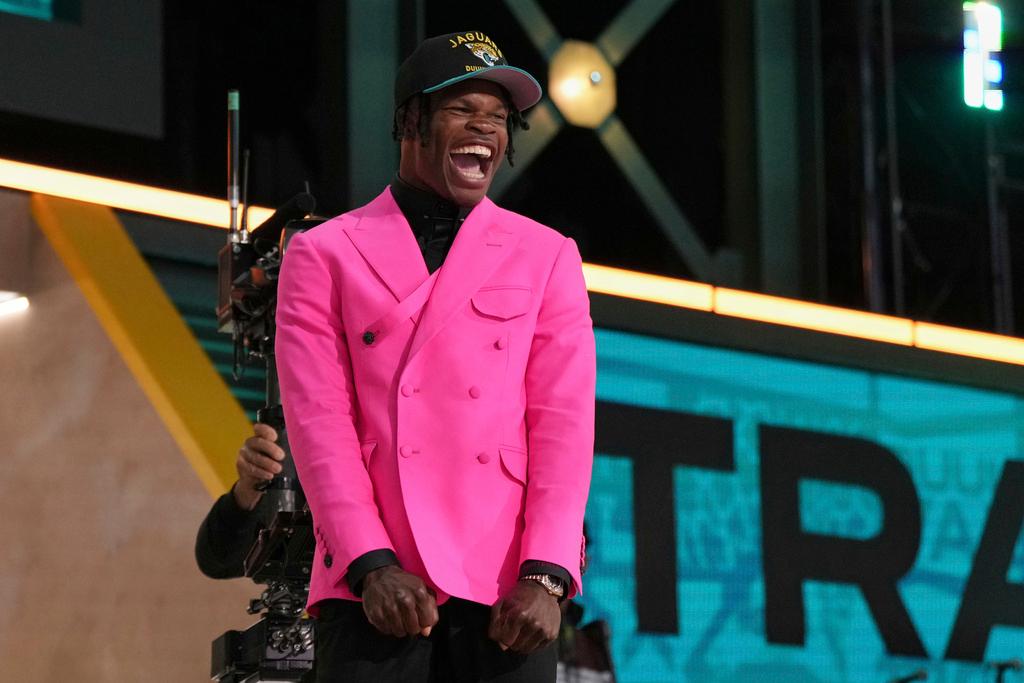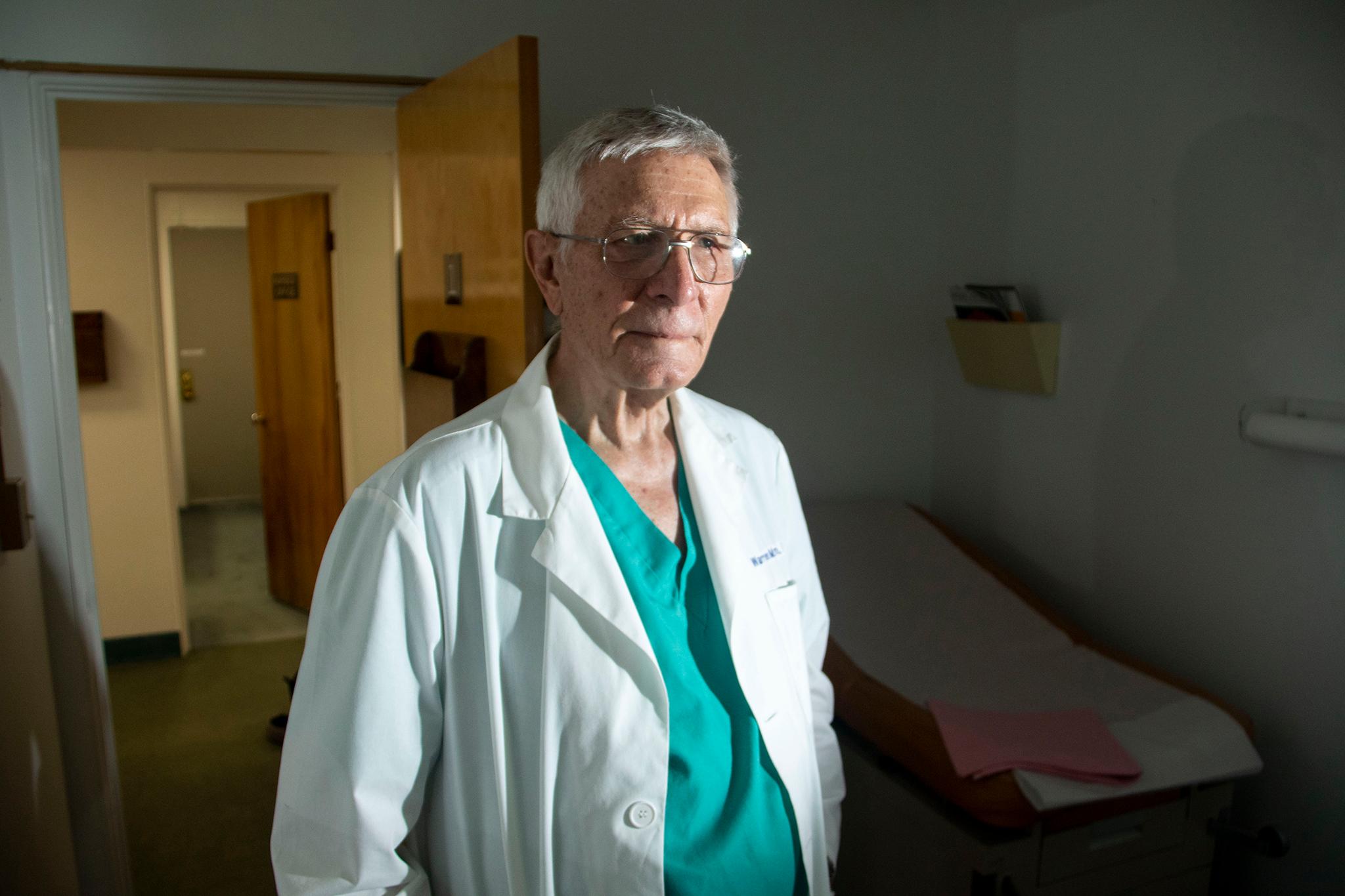
The United States was racing to develop an atomic bomb 70 years ago, and the key ingredient—uranium—was being processed at a top-secret site in Grand Junction.
The veil of secrecy that still lingers over the earliest days of the Western Slope uranium mill is being lifted as the Department of Energy aims to recognize the historical significance of the site and even open up a small museum in a log cabin.
Department of Energy analyst Padraic Benson talked to Colorado Matters about the role Grand Junction played in WWII. Because Western Colorado and Eastern Utah had the richest deposits of uranium ore in the country, Grand Junction became the place to process the rare material.
All of the domestic uranium used in the Manhattan Project—about 14 percent—came from Grand Junction. The rest was shipped in from foreign countries. Very few people knew what was really going on in the uranium mill. People knew ore was being processed there, but they believed news reports that the mill was producing a hardener for steel.
Later on during the Cold War, Grand Junction embraced its atomic legacy, even hosting Miss Atomic Energy pageants.









